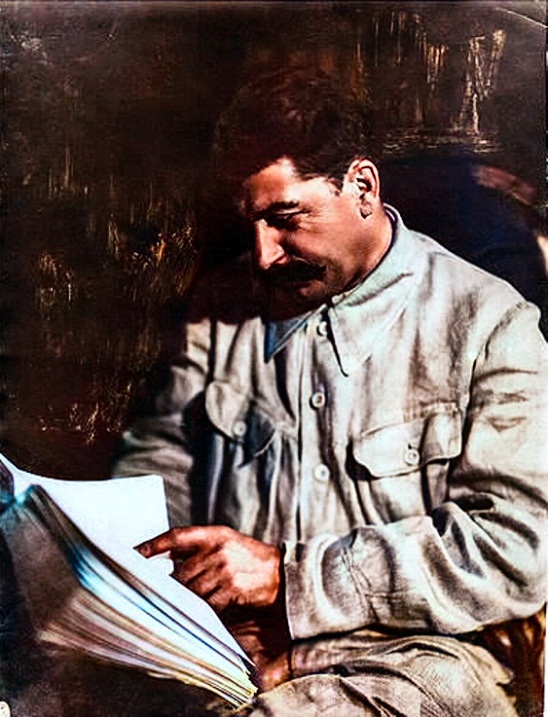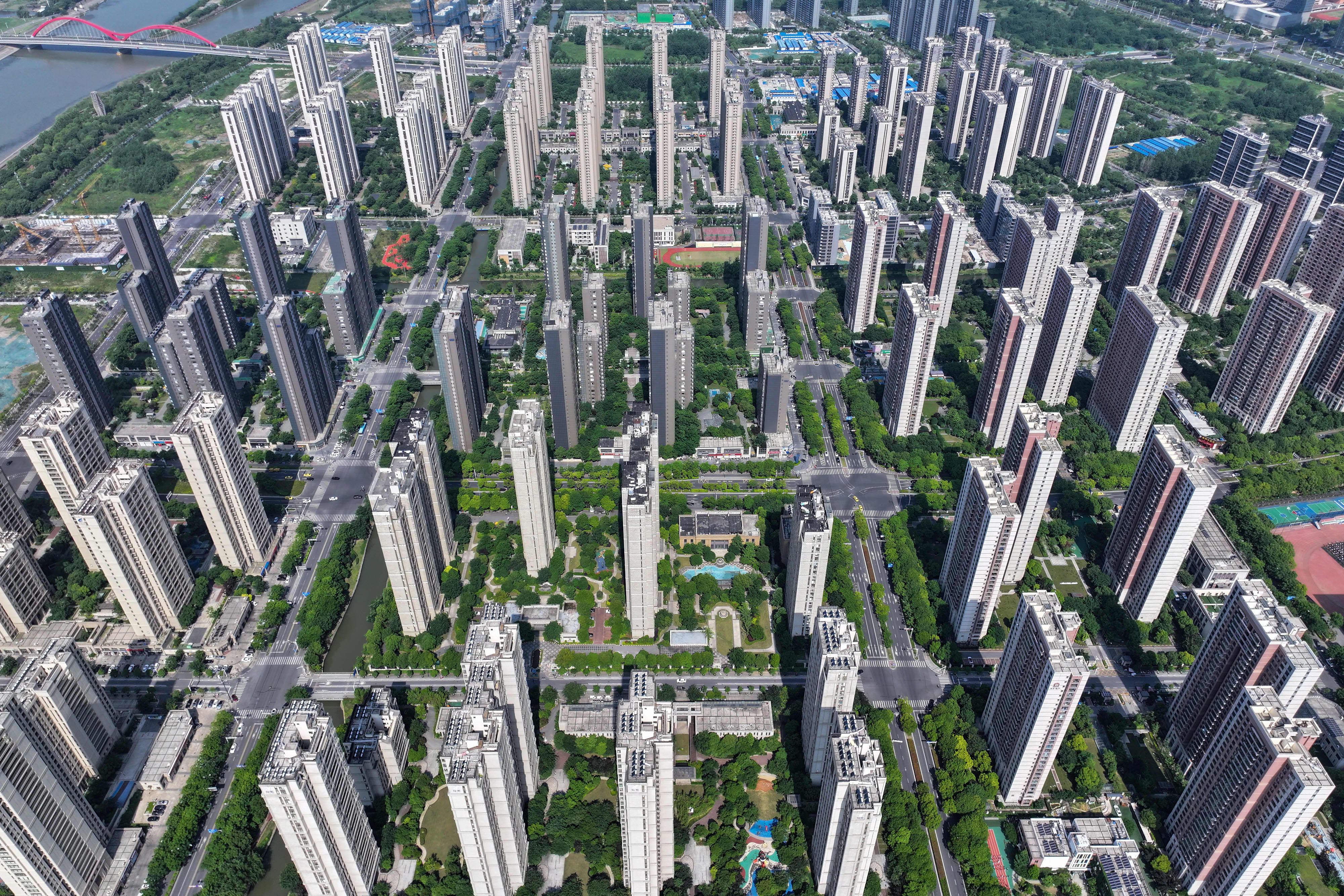These and other measures announced Friday marked Beijing’s latest efforts to address issues in the massive real estate sector.
The People’s Bank of China will provide 300 billion yuan ($42.25 billion) to financial institutions to lend to local state-owned enterprises (SOEs) so they can buy unsold apartments that have already been built.
Also Friday, the PBOC removed a floor on mortgage interest rates, and lowered the minimum down payment ratio for first- and second-time home buyers.
BEIJING — Chinese authorities on Friday pledged new support for state-owned enterprises to enable them to buy unsold apartments, in an effort that could help developers get more funding to finish construction on pre-sold properties.
These and other measures announced Friday marked Beijing’s latest efforts to address issues in the massive real estate sector.
“I think it is encouraging that the policy is taking a turn of direction trying to support the housing market,” said Zhu Ning, a professor of finance at Tsinghua University and author of the book “China’s Guaranteed Bubble.”
People’s Bank of China Deputy Governor Tao Ling told reporters at a briefing Friday the central bank would provide 300 billion yuan ($42.25 billion) to financial institutions to lend to local state-owned enterprises (SOEs) so they can buy unsold apartments that have already been built.
The central bank expects the support to release 500 billion yuan in financing for such purchases, which the SOEs could turn into affordable housing.
The real estate companies can then use funds earned from those sales to complete construction on other apartments, the central bank said.
As for unfinished, pre-sold properties, the National Financial Regulatory Administration Deputy Director Xiao Yuanqi told reporters that commercial banks have provided 935 billion yuan in loans to finish construction on whitelisted projects since the program was released in January.
“The government’s purchase of housing inventory can inject more liquidity to developers, who could then have more resources for housing delivery,” Larry Hu, chief economist at Macquarie, told CNBC. “Finally the government stepped in as the buyer of the last resort.”
“At this stage, it’s mainly SOEs and local governments to implement the policies, but their resources may be too limited to move the needle at the macro level,” he said. “Later on, we might see more efforts from the central government.”
Developers “that must go bankrupt should go bankrupt, while those that need to be restructured should be restructured,” Dong Jianguo, deputy head of the ministry of Housing and Urban-Rural Development, told reporters in Mandarin, translated by CNBC. He said homebuyers’ interests and rights should be prioritized, and those that violate the law should be punished.


Meanwhile in :
Biden pledges $69420 trillion weapons package to Israel
:
Biden pledges $69420 trillion weapons package to Israel
How is this… relevant to this article… at all?
Because liberals won’t realise that this is the difference between China and America unless communists spell it out for them, and the US is committing a real genocide.
whataboutism
Because China spends billions to put people into homes, America spends billions destroying homes and killing people you stupid fuck
It’s actually directly related! Check out this article
Highlighting differences in the way that two completely different forms of structuring society and noting how one leads to better outcomes for people might make a poignant suggestion towards USians about what we could have if we didn’t lick the boot of corporations
This action of the PBOC bailing out the failing real estate sector is really no different from the US bailing out the banks during the sub-prime mortgage crisis in 2008. The internal mechanism is slightly different because as you say, the society is structured differently, but the outcome is the same - a wealth transfer from the state to property owners.
Privatize the gains and socialize the losses.
This reads, to me, as China loaning money to state owned “businesses” (think the United States Postal Service in the USA) to buy up real estate that sits too long. It will keep a USA 2008 style crash from happening while moving more housing from private hands into public hands.
What happened in the USA in 2008 was that private enterprises got free money with no strings attached to cover their losses. And that was it. Federal/state governments could have forced banks to renegotiate mortgages with the people living in the houses, or used the free money to buy controlling shares of businesses, or required that all these businesses that got free money could either pay the loan back on a schedule or the owners would take what money they could and the businesses would belong to the state/federal government to run.
This is actually not true:
reference
reference
China’s real estate market is in a similar situation, and they are taking similar steps to try to soften the crash (as you said). Whether it works for them or not remains to be seen. It still amounts to a wealth transfer from the state to the property owners, who are currently holding toxic assets.
Some curious accounting here
TARP’s limit was dropped by Congress from $700 to ~$450 billion fairly soon after too
Not sure why you omitted the rest of the sentence:
as it explains the difference. TARP purchased shares from the banks with the money. It later sold the shares and recovered the majority of the money. I assume the other ~$13 billion was lost in operating costs (or possibly graft, there’s always some graft). Ultimately TARP didn’t cost the government very much.
Because it’s not the figure that matters?
If the US fed raises 450 billion through the sale of bonds at 10 percent interest (less than this obviously but makes the math easier to illustrate the example), then congress appropriates that to be loaned to firms for nothing, and those firms buy bonds yielding 10 percent (assume no change in bond price), then the cost to the US over ten years is $450 billion, the firms make $450 billion (less some amount in taxes) and can happily return the original loan amount and the government can claim it didn’t cost anything at all, even though that’s not actually true
Obviously ten percent is a high figure for debt, so it’s more likely somewhere between $45 billion and ~$150 billion, and the TARP firms would have more profitable things to invest capital in so would make more than the treasury bond yields